The last bridge project I have for now is the deck girder bridge at the apex of the “Masten Loop”. This was a long, looping curve on a grade east of the sawmill town of Masten, PA by which the S&NY crossed from one side of Pleasant Stream to another while gaining altitude out of the Pleasant Stream valley. From there, the route looped back toward Masten before turning northeast to reach the summit of the grade between Ellenton and Wheelerville, PA.
I do not know the actual degree of curvature of the loop, however according to 1925 S&NY employee timetable No. 43, Special Instruction 23c.,”speed of trains around Loop Curve north of Masten is restricted to 12 miles per hour.”
Below is a postcard view of the bridge over Pleasant Stream near the apex of the Loop, shortly after construction in 1906:
Compare the pristine abutments in the above view with the crumbling remains visible through the saplings in 2000:
The rebar “cage” is presumably to prevent chunks of disintegrating concrete from falling onto the dirt road below. Note someone has built a camp directly on the old roadbed. I wonder if they are ever awakened in the dead of night by phantom trains blasting from out of the past through the kitchen, ghostly whistles shrieking….
The Masten Loop Curve and bridge is a major scenic “Layout Design Element” (LDE) on my model version of the S&NY, and conveniently located at a turnback curve at the end of a benchwork peninsula. Model railroaders often bemoan the difficulty of disguising these peninsular turnbacks ( I believe Tony Koester tongue-in-cheek referred to a common solution as “Mandatory Trestle over Cliché Creek), however in this case the real thing IS the solution.
Here is the site for the model bridge at the apex of Loop Curve.
Since the bridge is on a grade (never again!) I wanted to ensure good alignment between the roadbed ends and the bridge deck. I used a technique I found online where the bridge itself is built over an aluminum channel that is anchored, in this case by epoxy, to the roadbed at either end. As it turned out, I ended up with a small vertical curve at the right-hand side of the bridge. Hopefully this will not prove to be a major problem in operation, as redoing the bridge would involve major surgery.
Here the channel with the Micro Engineering deck girder bridge sides in place for a test fit.
The abutments were scratchbuilt from thin poplar and styrene. There is a niche for someone to produce a line of concrete abutments tailored for the various Micro Engineering bridges. Chooch Enterprises has a limited number, but they are mostly not suitable.
The abutments were sanded and primed, then coated in vinyl spackle and the impressions of the wood formers simulated by drawing a styrene “comb” across the spackle. The spackle was allowed to dry, then sanded enough to allow just a faint hint to remain. Following this, they were painted a concrete color and weathered.
The finished product.
Scenery has yet to be installed, but the fascia has been put in place. I tried to create a semi-“Bellina-drop” with the fascia panels as view-blocks to limit viewers from getting a look at an entire train as it climbs around the Loop. Hopefully this will subconsciously add to the impression of the railroad struggling to work its way through the narrow mountain valleys, and make the run seem longer to operating crews.
Time will tell if this is a success.
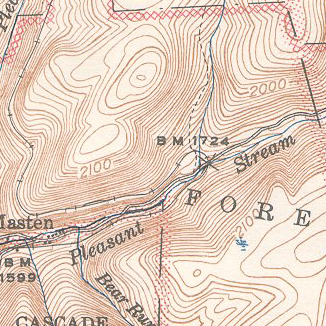
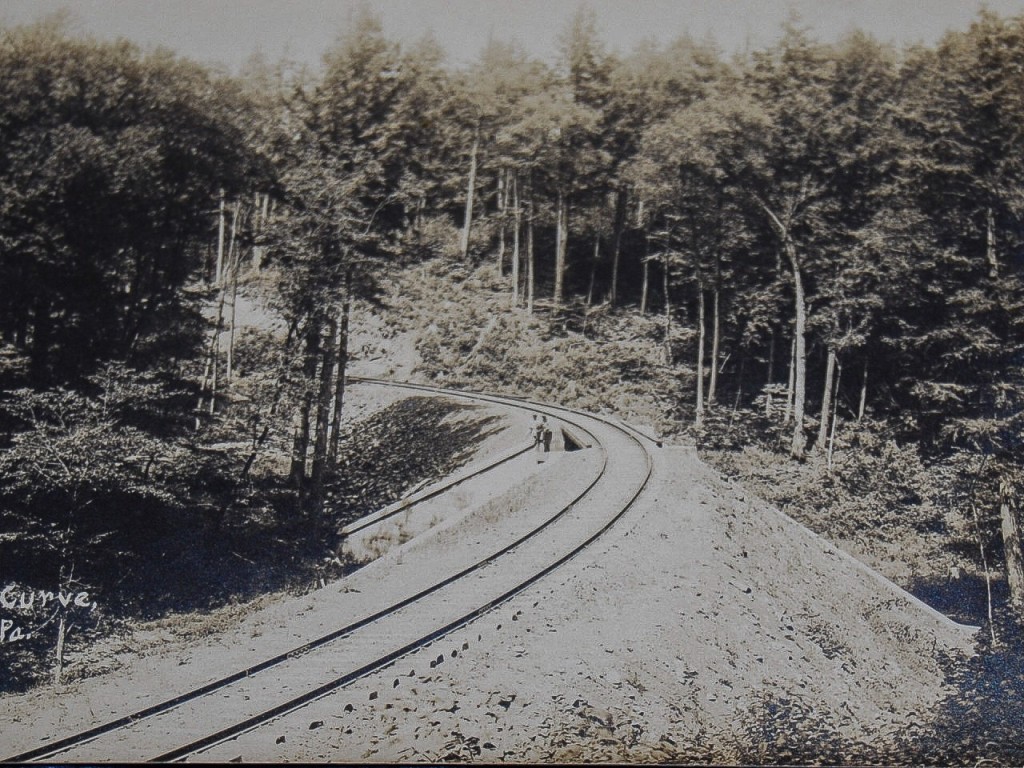
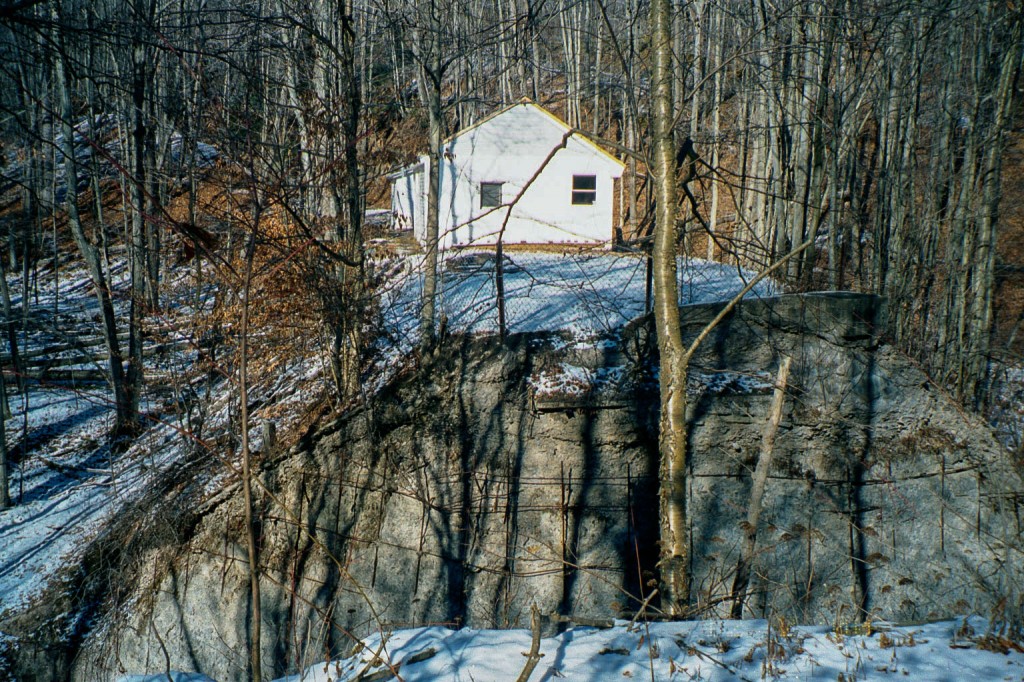
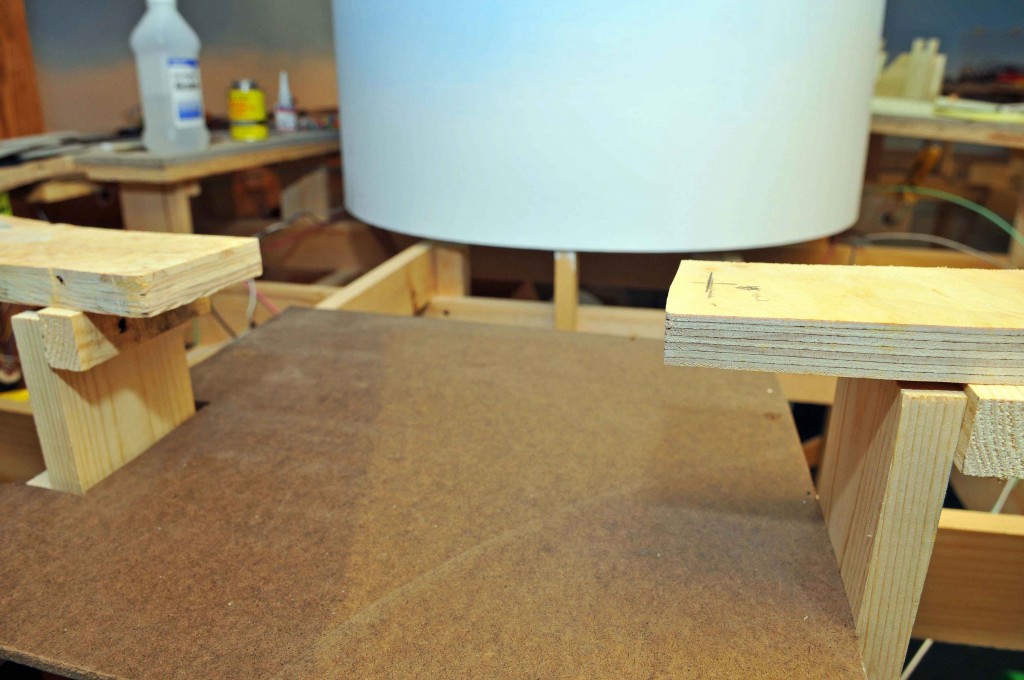
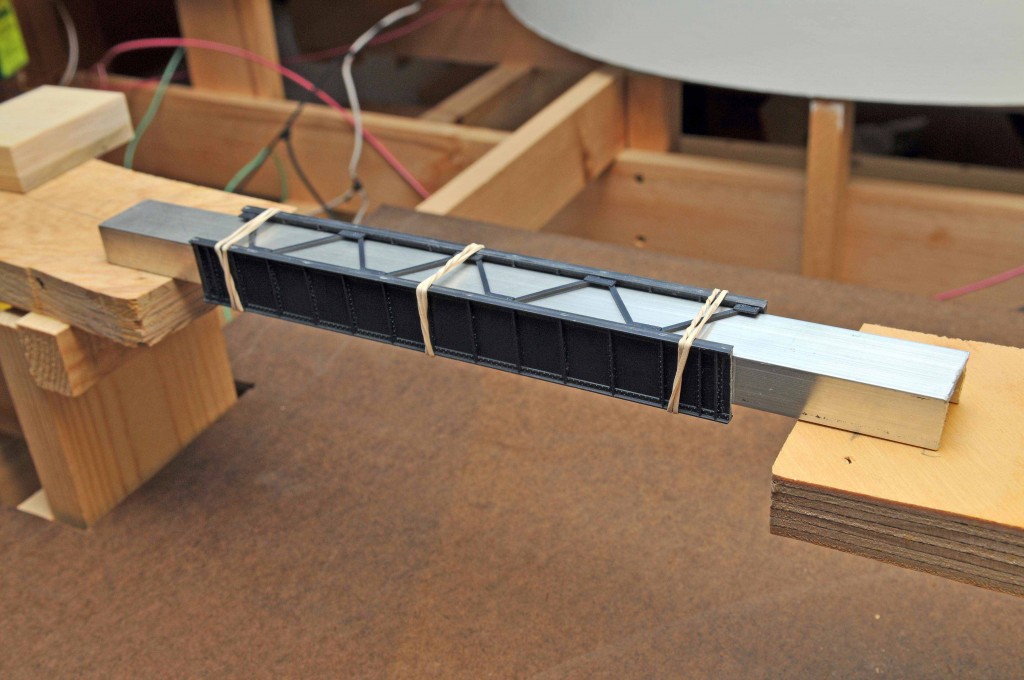
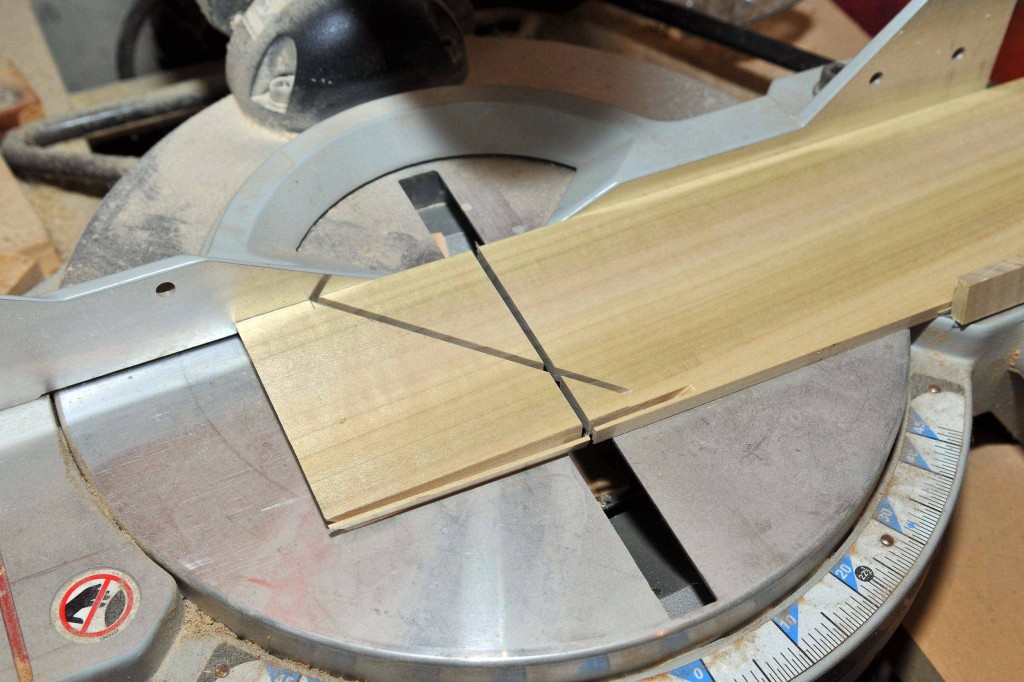
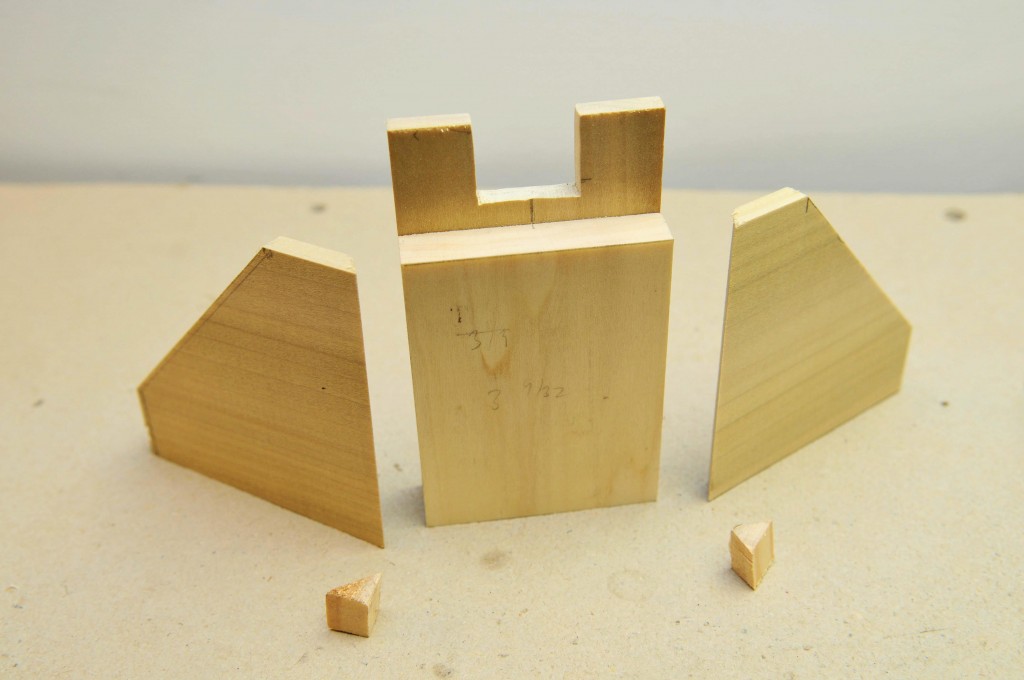
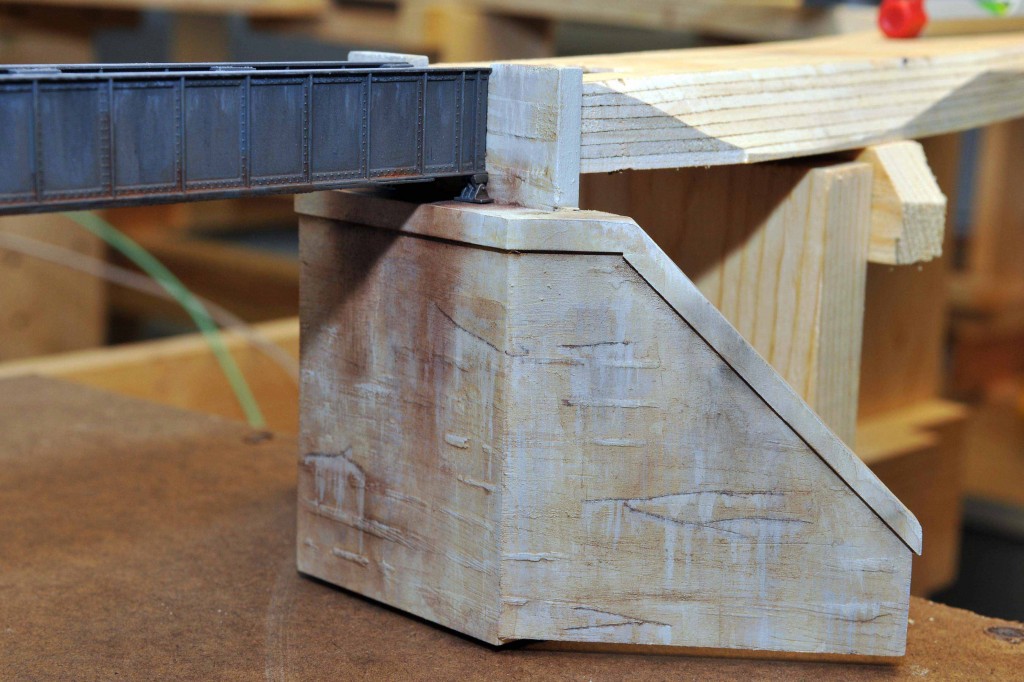
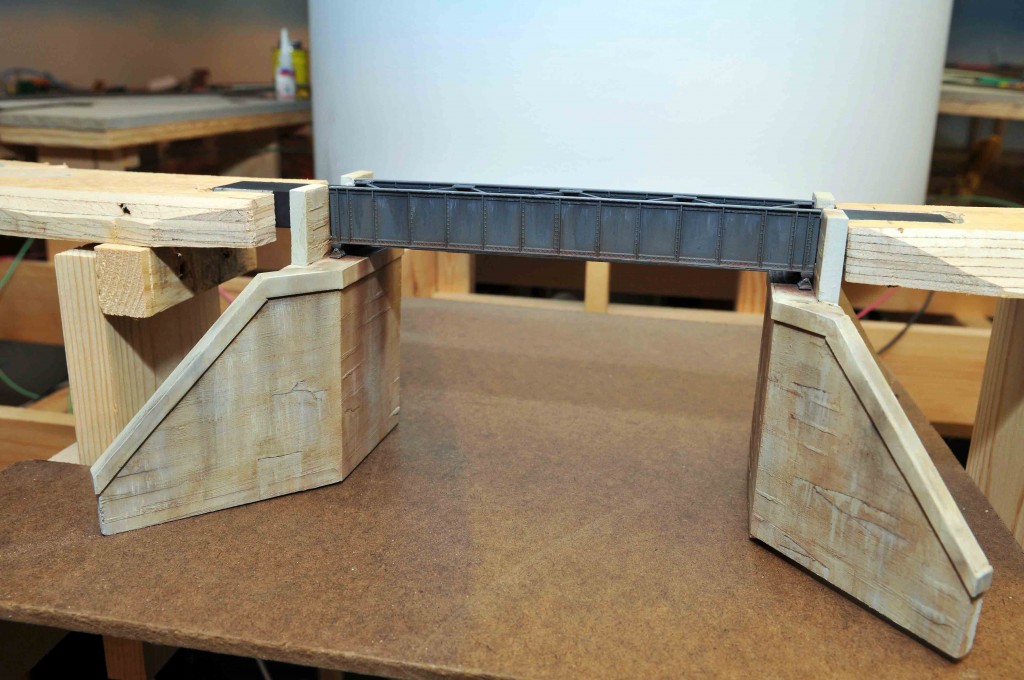
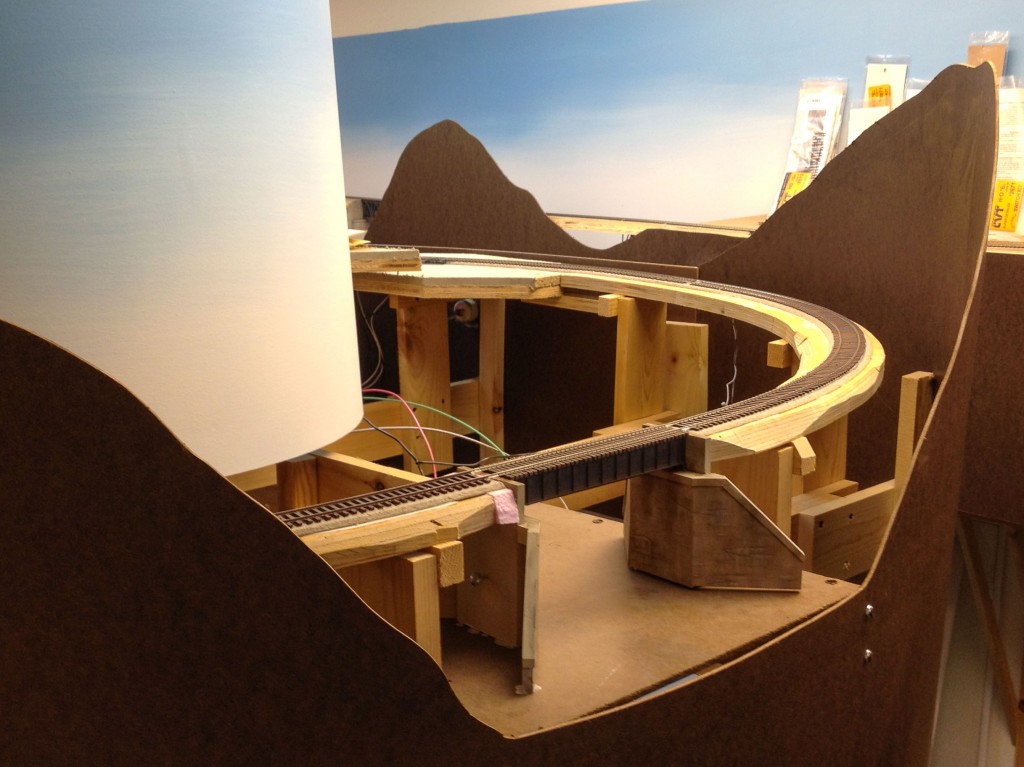
Pingback: Scenery progress | Susquehanna & New York Railroad